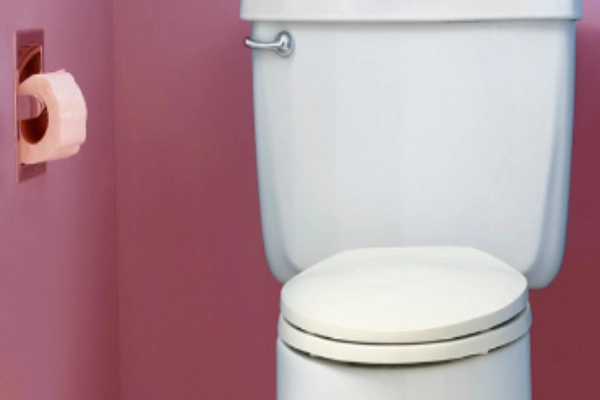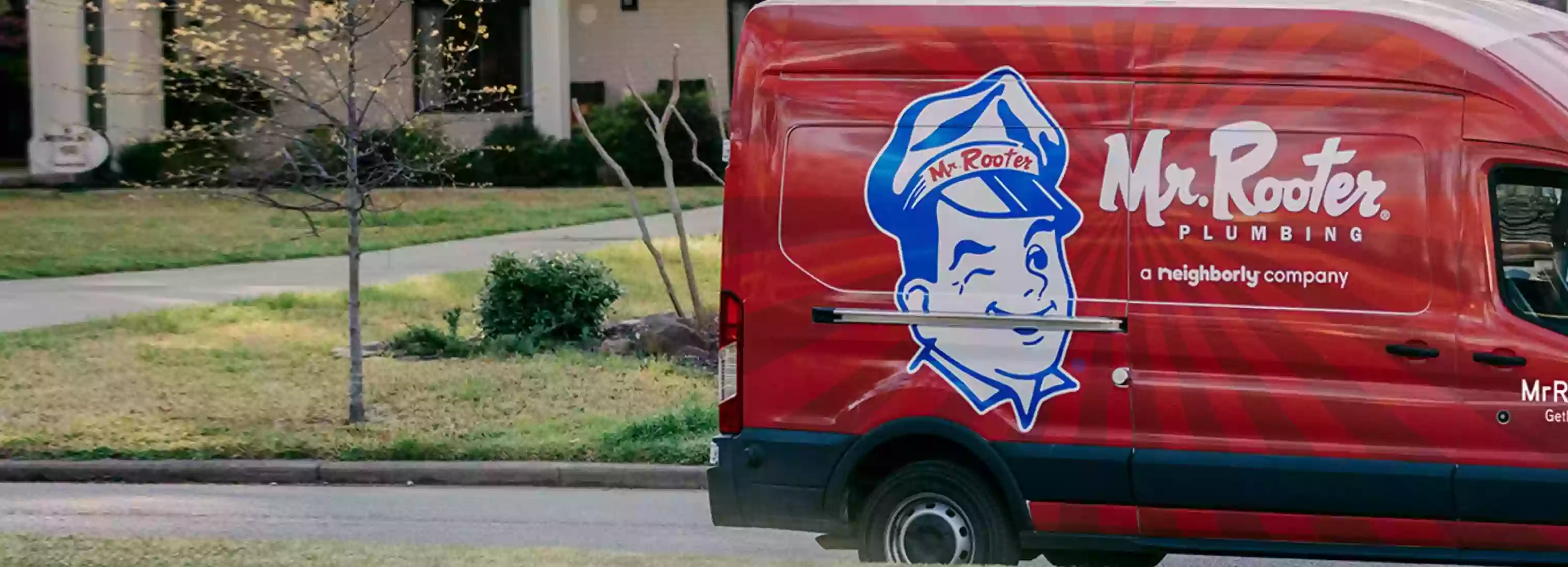How to Tell If It's Time for a New Toilet

Does your toilet look and function similar to an outhouse from the days of yore? Maybe it's a lovely avocado green? Or perhaps its maintenance issues help you get to know visitors a little bit more intimately than either of you would prefer. Whatever terrible things your toilet is tossing your way, it may be time for an upgrade.
Do Toilets Wear Out?
Yes, they do. After years of use, the mechanical parts of a toilet will wear out. For example, rubber flappers will dry out, crack, and leak. The harder your water is, the worse it is on metal components like pull chains. Mineral deposits will also reduce the flow of water through the rim holes under the lip of the toilet bowl. Regular cleaning and routine care will go a long way to improve your toilet’s function.
Watch out for these warning signs that you need a new toilet:
Clogs and Overflows
What's going on: Extremely common, clogs from excess or inappropriately flushed items can result in nightmare-inducing overflows and disgusting plunging and mopping experiences. Though older low-flush toilet technology can contribute to this experience and may make you wary, rest assured that toilet technology and water savings have improved tremendously in recent years. What to look for: If you find yourself plunging due to random stoppages more than once a week, it's time to hang up the plunger and replace your commode. If you're certain it's stoppage related, have tried a plunger, and still find yourself grabbing for a life preserver, call the professionals at Mr. Rooter® Plumbing to address those tough clogs and get your toilet back in working order.
Constant Running
What's going on: Constant running or spontaneous refills typically indicate a worn or damaged flapper or an improperly adjusted float. What to look for: Flappers are simple and inexpensive to replace as well as easy to diagnose with a simple dye test. If the flapper doesn't leak, make sure the water level is not too high and running into the overflow pipe by adjusting the float. Cracks or leaks in old floats in need of replacement may also cause this issue. Be certain to address leak issues quickly to avoid having a heart attack upon receipt of your next utility bill.
Poor Flush (or the Dreaded No Flush)
What's going on: Low water levels, clogged siphon jet or ring holes, worn-out parts, or a clogged bowl or sewer lines could all prevent your toilet from flushing properly. What to look for: Take a peek at your tank and see if it is filling to proper levels (one inch from the top of the overflow tube) or needs a fill valve adjustment. You can do this with the help of a screwdriver on valve-style mechanisms or by adjusting the clip on float-style mechanisms. If this isn't the case, grab a wire coat hanger, be careful not to scratch the bowl, and try loosening debris in the holes or jet with the help of a small mirror.
Leaks
What's going on: Leaks, bad seals, broken flanges, and invisible hairline cracks often go overlooked until the floor around your toilet begins to soften. What to look for: Damage to the flooring surrounding your toilet and an overall spongy feel to the floor. If not addressed, possible mildew, rot, and structural damage can result. If you notice flooring damage, contact Mr. Rooter Plumbing for diagnosis, which may be tricky. Both a broken flange and a flange that's too low, indicated by rot around the flange, may cause leaks. If this is not the case, you may simply need a new wax ring. However, if these fixes do not address the situation, you may be dealing with a hairline crack. If your toilet is ancient and you've already removed it from the floor, it's a great time to consider an upgrade for water savings and to avoid expensive (and extensive) future repairs.
Hissing or Trickling Sounds in the Tank
What's going on: Your internal tank components, the fill valve, and float, are likely in need of adjustment or worn out. What to look for: If water is trickling down into the tank from a supply line, you may simply have a stuck float in need of adjustment or a refill tube inserted too far into the overflow tube. If neither of these adjustments resolves the situation, you may need to replace the entire fill valve/ballcock assembly. Be advised: if you have additional problems and end up needing to replace every part except the bowl, upgrading your toilet may be both your most efficient and cost-effective option.
In addition to rectifying annoying (and sometimes embarrassing) problems, replacing your toilet:
- Reduces water usage by nearly two gallons per flush compared to 1994 models - and even more with high-efficiency toilets and the replacement of older commodes.
- Reduces septic and sewer waste flow.
- Prevents the need for unexpected and costly clogs, leaks, and repairs.
- Increases comfort.
- Improves the look of your bathroom.
 Click to call
Click to call


